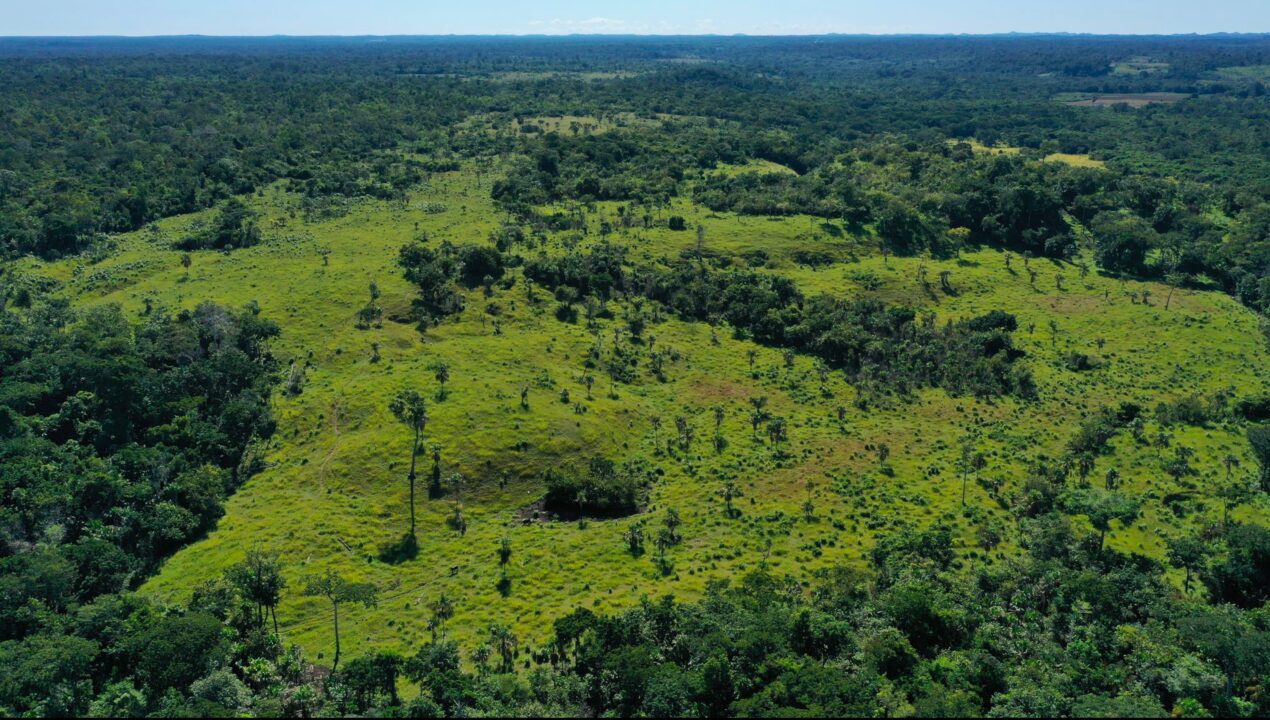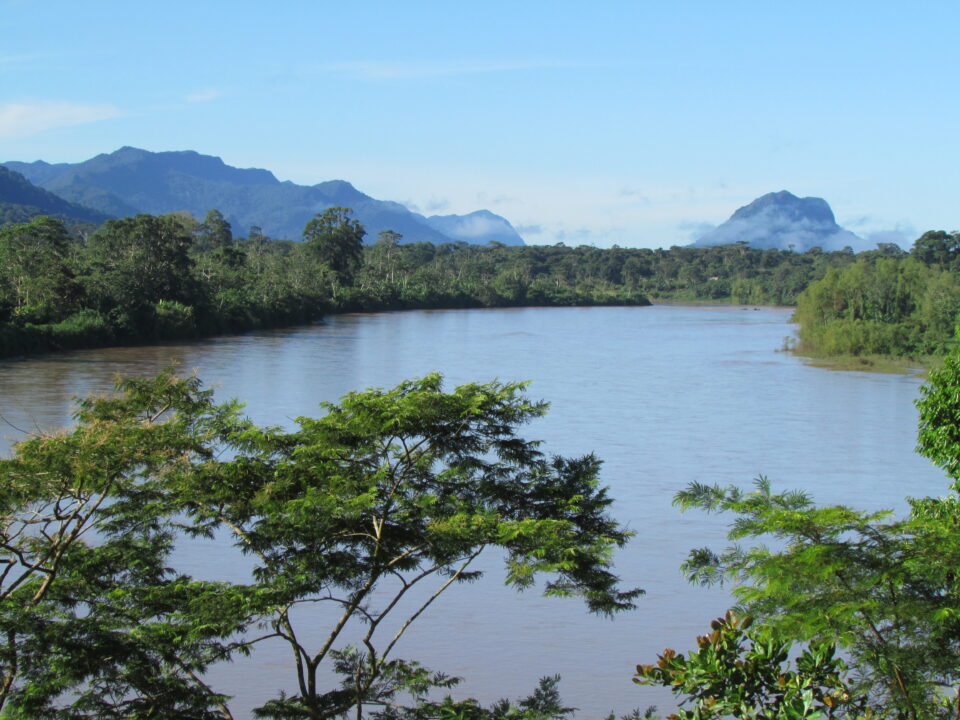SLOW TRAVEL

A new study has found that restoring degraded forests could significantly boost the effectiveness of meeting climate and biodiversity goals. Degraded forests include selectively logged areas and others damaged by human activities, but which still retain important natural features.

Restoring degraded forests is a strategic and cost-effective option for meeting national and global climate and biodiversity goals. Degraded forests retain many similarities to natural forests in terms of structure and types of plant species and ecosystems, hence they are more likely to recover rapidly, regain biodiversity levels and store more carbon than cleared land where complete forest restoration will take more time and is less likely to succeed. Restoring degraded forest is also often more cost-effective than reforestation as it may not require the same level of investment in tree planting and maintenance.

The study highlights the Five Great Forest landscapes of Mesoamerica – an area encompassing parts of Mexico, Guatemala, Belize, Nicaragua, Honduras, Costa Rica, Panama, and Colombia that is critical for wildlife, carbon sequestration, clean water, and food security. The inclusion of degraded forests doubled the area of forest restoration opportunity in those landscapes and increased the climate mitigation potential by almost 70% when compared with the reforestation of cleared land.
The study provides a model for prioritizing restoration efforts based on where they can best deliver rapid improvements in forest integrity. This prioritization will help land managers and governments target their restoration interventions to maximize efficiency and impact.